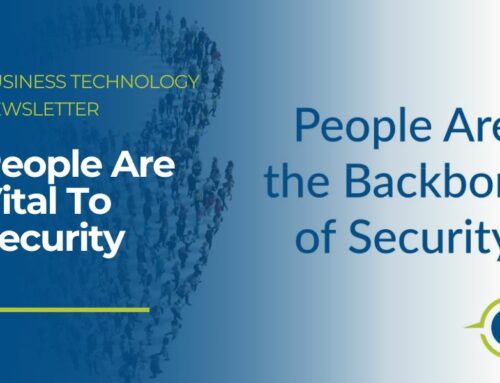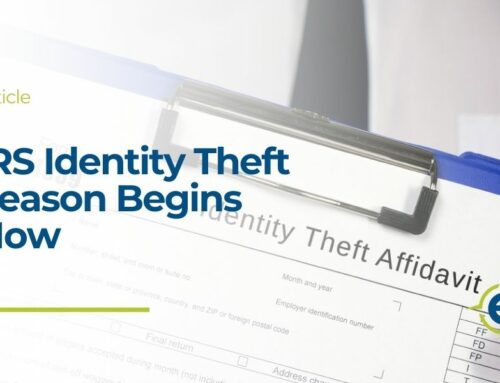The Insider Threat
There’s a direct correlation between having access to confidential data and being a threat to the security of that data. This correlation creates the concept of the insider threat, defined as “any individual who has access to an organization’s data, networks, computers, and information.” Insider threats fall into two general categories:
Malicious Insider Threats
Individuals who intentionally cause harm to an organization
An executive assistant at a soft drink company stole documents of trade secrets and product samples with the intent to sell them to a competitor for a significant amount of money. Had the assistant been successful, the soft drink company would have lost their competitive advantage in the marketplace, endangering their long-term success.
Accidental Insider Threats
Individuals who unintentionally cause harm to an organization
A customer service specialist accidentally emailed their spouse a spreadsheet containing confidential information of thousands of customers. Even though the spouse agreed to immediately delete the spreadsheet, the organization still had no choice but to inform their customers of the incident and offer credit monitoring services for free, resulting in a loss of revenue and a damaged reputation.
Both examples demonstrate that data breaches and other security incidents don’t always involve criminal hackers attacking organizations. In fact, a recent study by Stanford University found that 88% of data breaches were the result of human error, which is why insider threats represent a major concern.
So you’re an insider threat; now what?
Become an insider asset!
- Respect your access. As previously mentioned, never share your passwords or keycards/badges with anyone, and lock your workstation when not in use.
- Think before your click. Cybercriminals use malicious links or attachments to spread malware that steals data and account credentials.
- Verify the source. Always make sure confidential information is only shared with the proper, authorized parties.







